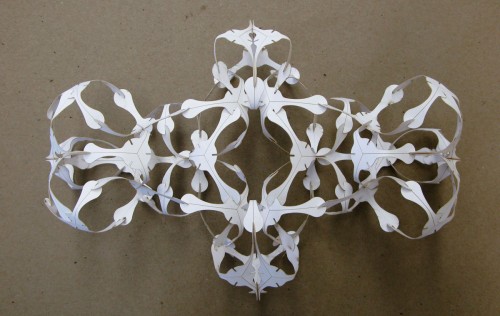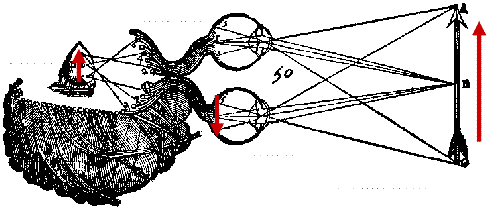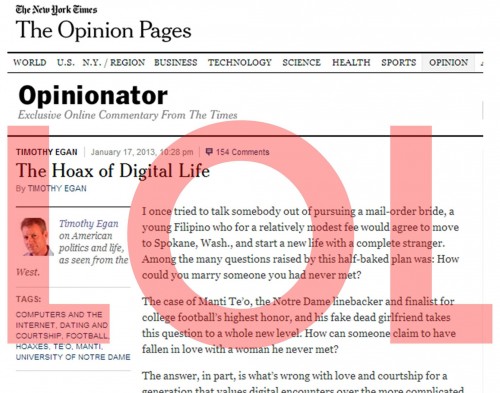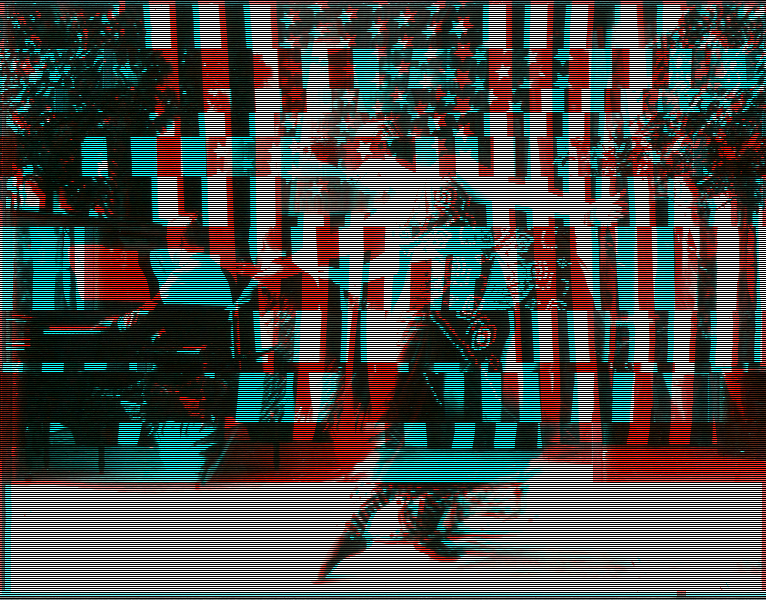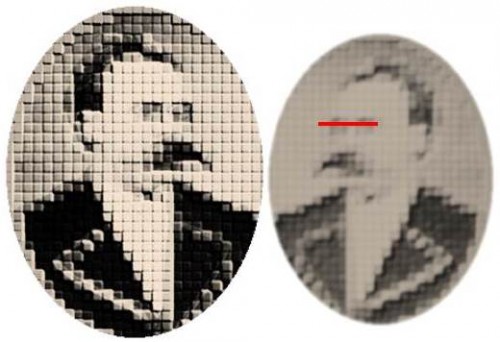 Over the past few months, a lot of theoretical work has been done to further develop the concept of “digital dualism.” Following a provocation from Nicholas Carr, a number of thoughtful people have chimed in to help both further explicate and defend the theory. Their responses have been enlightening and are worth reading in full. They have also clarified a few things for me about the topic that I’d like to share here. Specifically, I’d like to do a bit of reframing regarding the nature of digital dualism, drawing upon this post by Nathan Jurgenson, then use this framework to situate digital dualism within a broader field of political disagreement and struggle.
Over the past few months, a lot of theoretical work has been done to further develop the concept of “digital dualism.” Following a provocation from Nicholas Carr, a number of thoughtful people have chimed in to help both further explicate and defend the theory. Their responses have been enlightening and are worth reading in full. They have also clarified a few things for me about the topic that I’d like to share here. Specifically, I’d like to do a bit of reframing regarding the nature of digital dualism, drawing upon this post by Nathan Jurgenson, then use this framework to situate digital dualism within a broader field of political disagreement and struggle.
In his reply to Carr, Jurgenson helpfully parses apart two distinct-but-related issues. (Technically he draws three distinctions, but I will only focus upon two here). First, Jurgenson identifies what he calls “ontological digital dualism theory,” a research project that he characterizes as focused upon that which exists. Such theory would seem to include all efforts that seek to explain (or call into question) the referents of commonly used terms such as “digital” or “virtual,” “physical” or “real.” In contrast to this ontological theory, he then identifies what might be called normative digital dualism theory—a branch of analysis concerned with the comparative value that is attributed to the categories established by one’s ontological position. Such theory would thus analyze the use of value-laden modifiers such as “real” or “authentic” in describing the “digital” or the “physical.”
I posit that digital dualism, in fact, draws from both the ontological and the normative analyses. Specifically the digital dualist: more...

